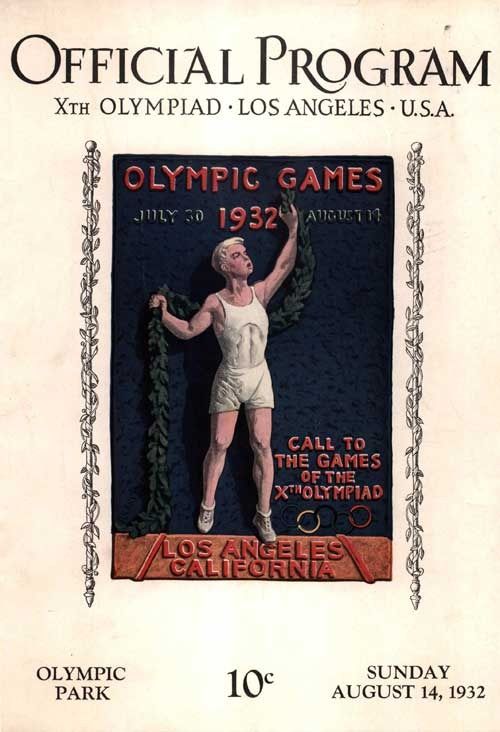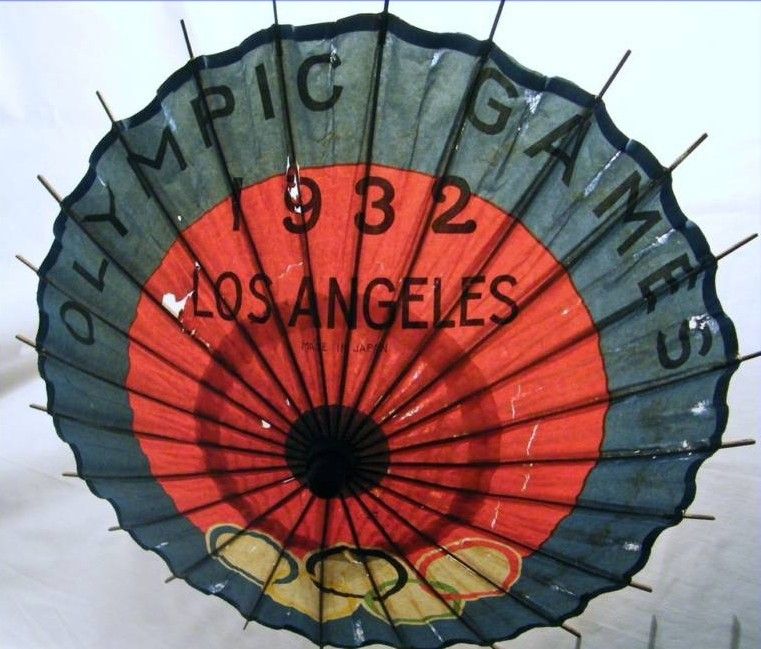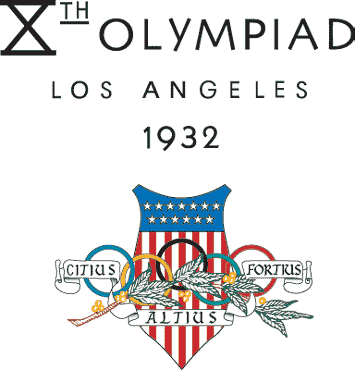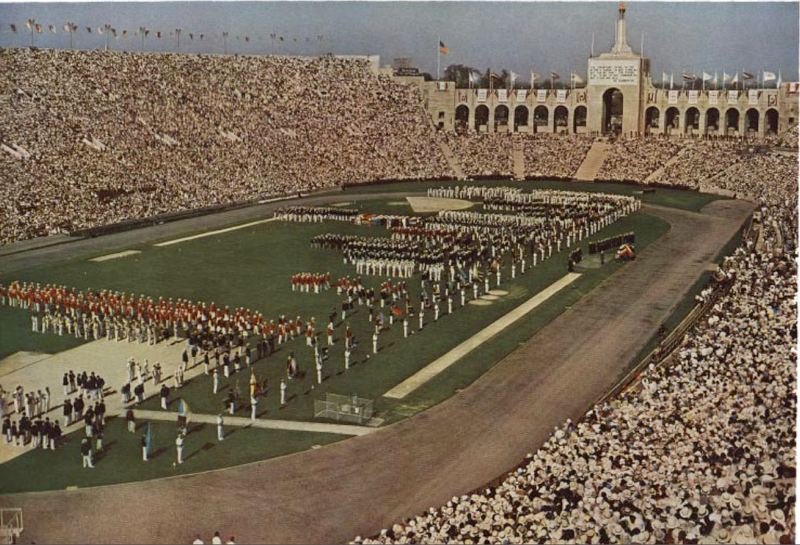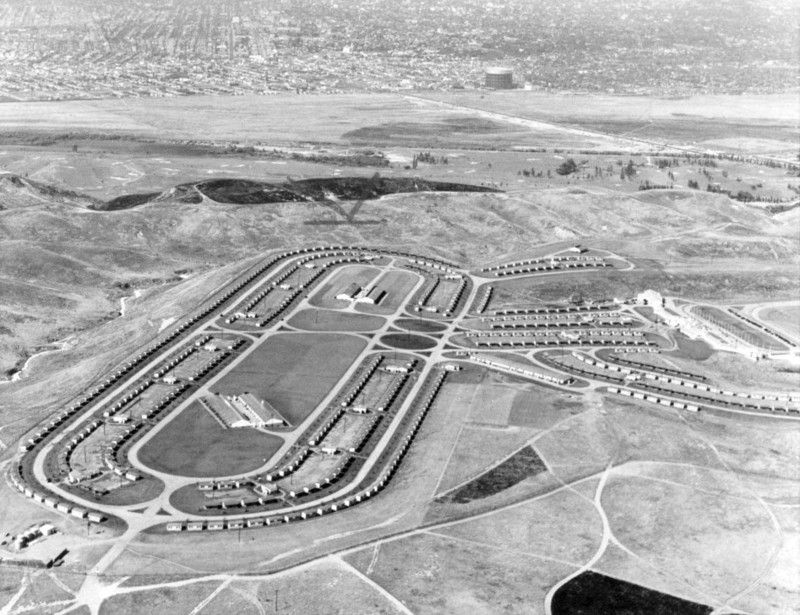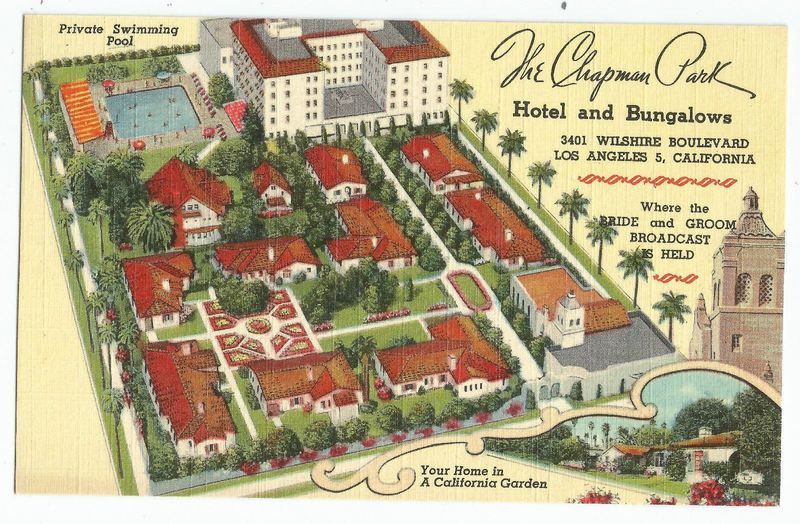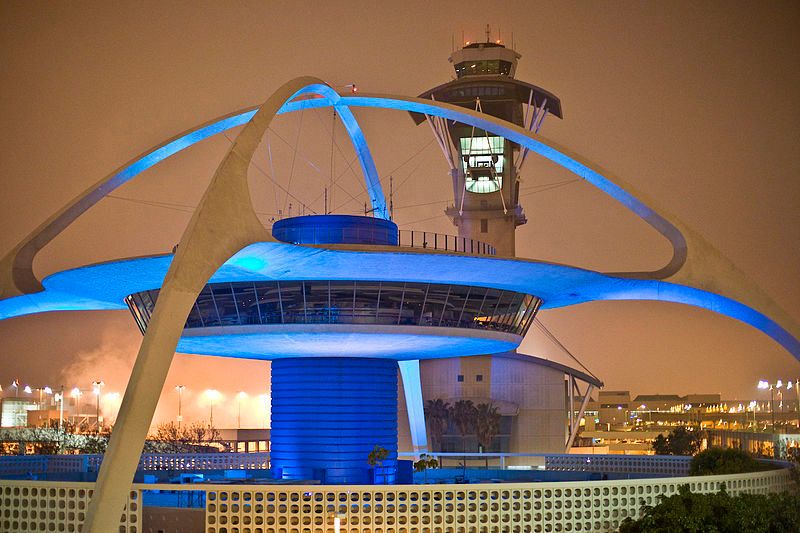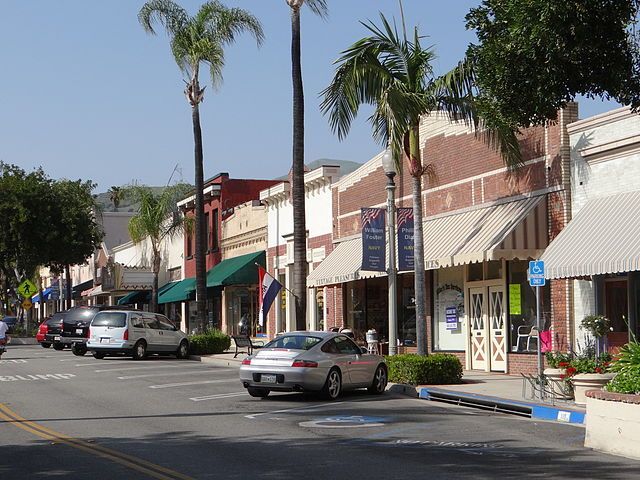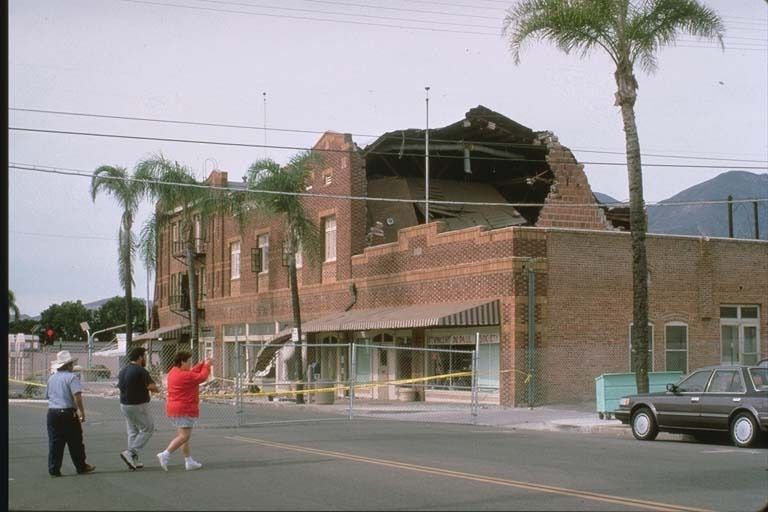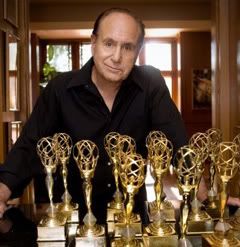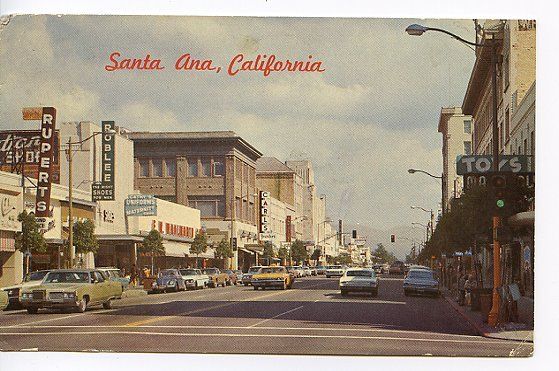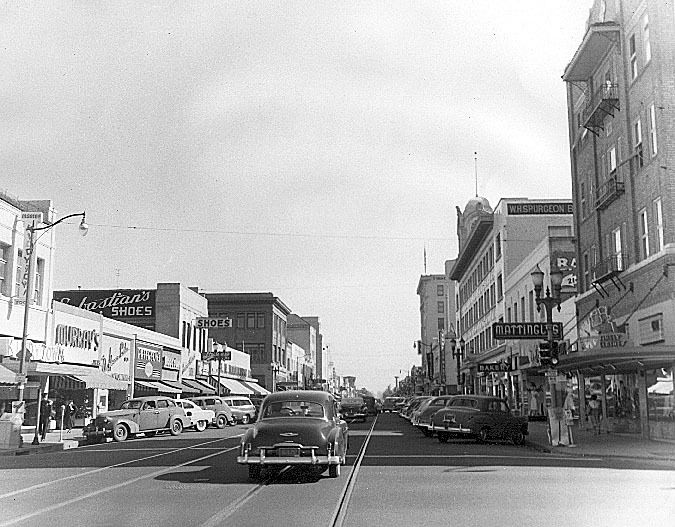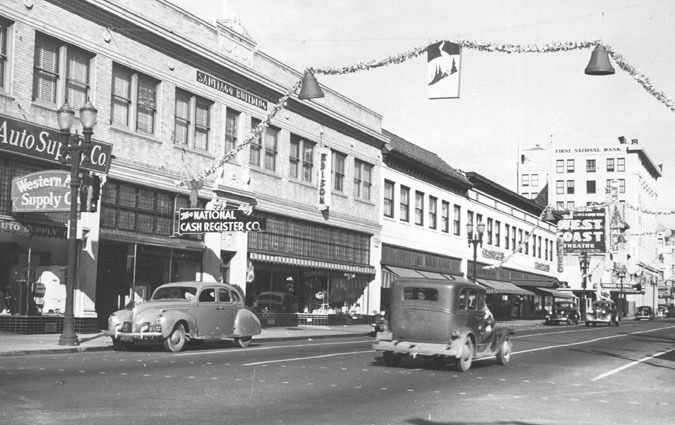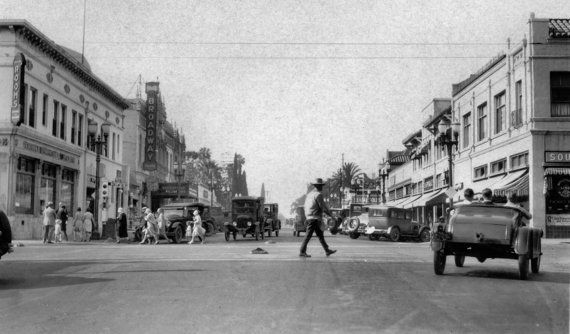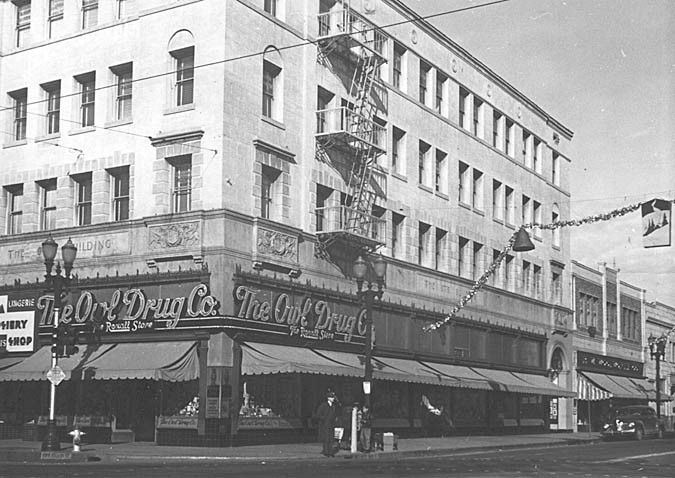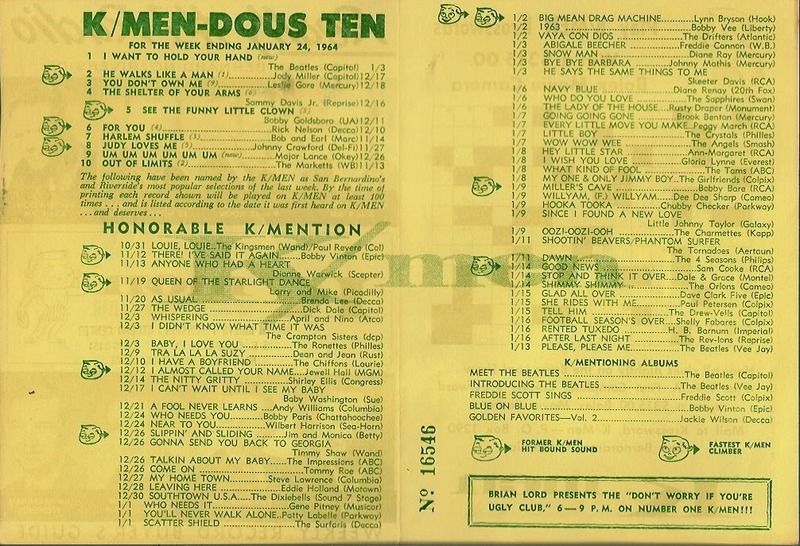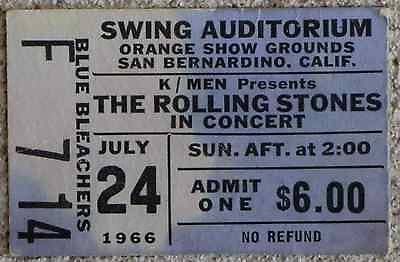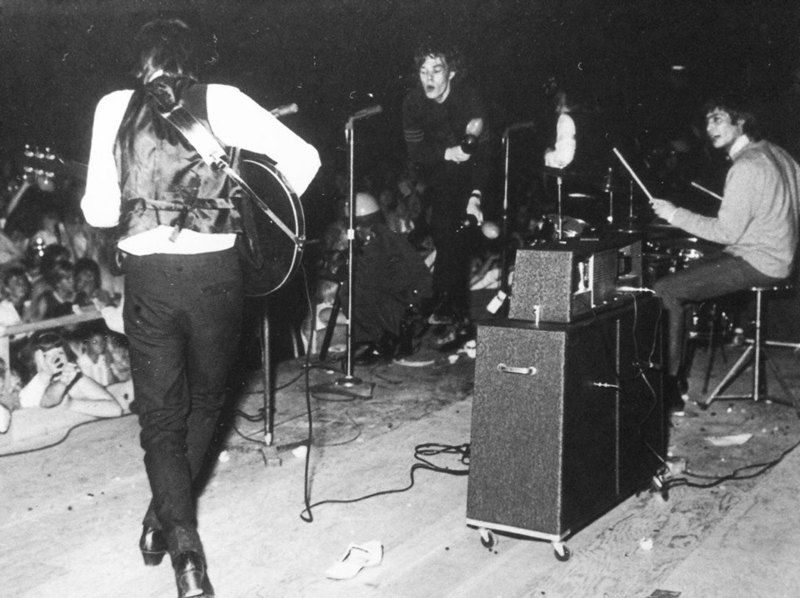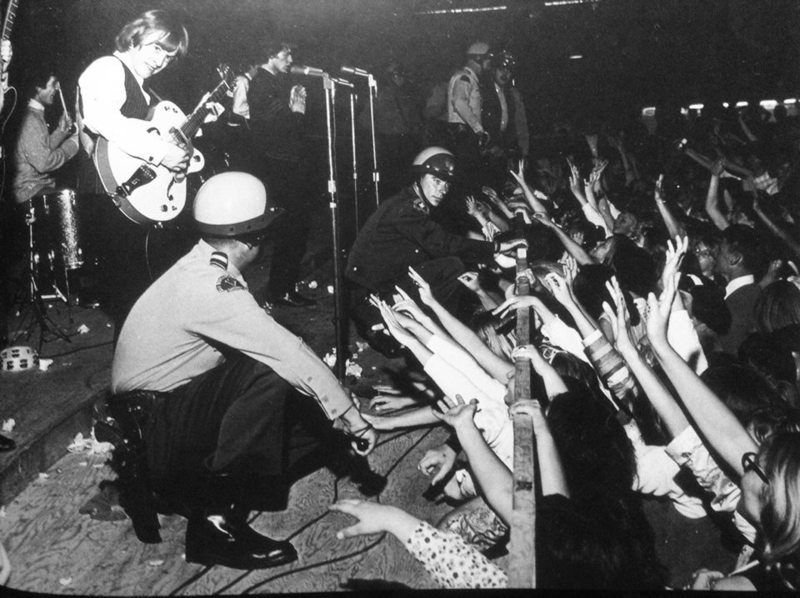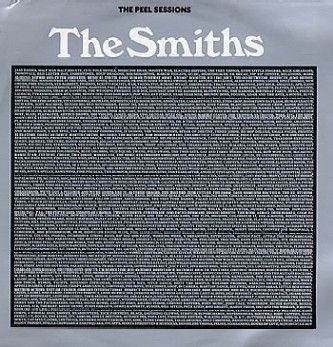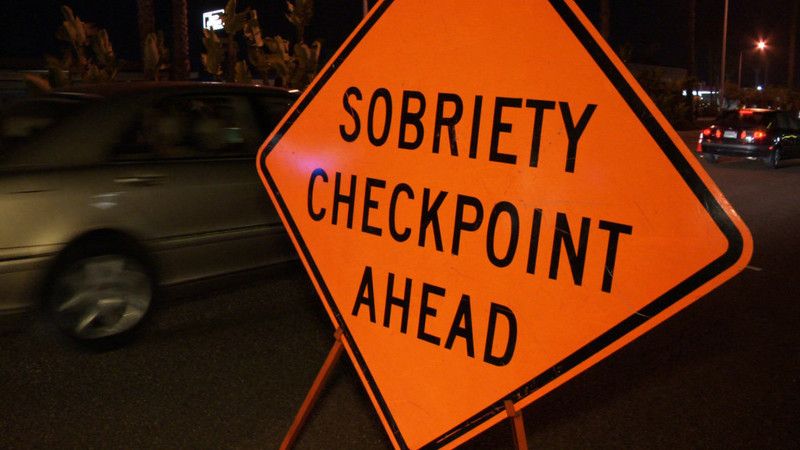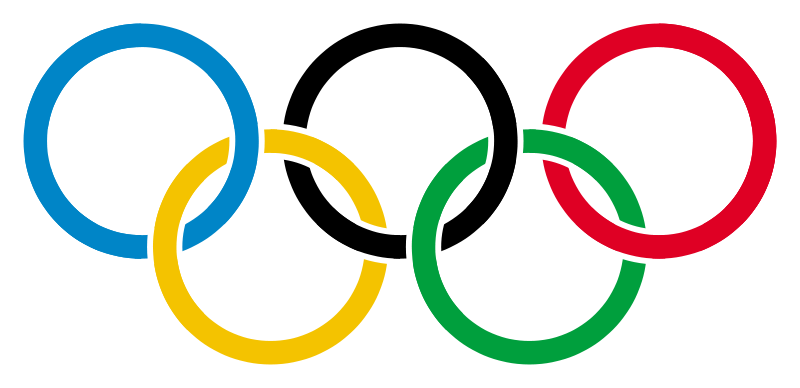
It is the Olympic rings being used in all its glorious public domain.
HEAPS PEAK IN THE SAN BERNARDINO MOUNTAINS - There is much talk that Los Angeles may be a step closer to hosting the 2024 Summer Olympics. Deals from the L.A. City Council to the International Olympic Committee are still being worked out, and there are a few other things to work out. One of those things to be worked out is competing with other cities around the world to host the games. If all goes well, and many of us hope we receive the answer we are looking for, it would be the third time L.A. will host the Summer Olympics.
Standing at The L.A. Memorial coliseum looking to the north and turning your head to the northeast you can see, provided the inversion layer and its hazy smoggy nastiness is not blocking the view, The Transverse Range, which make up The San Gabriel and San Bernardino Mountains. Having the Summer Olympics in L.A. and throughout Southern California really do make for a perfect fit, but what about The Winter Olympics? I know saying "let's bring The Winter Olympics to Southern California" sounds like a joke, and maybe even a third-tier Woody Allen joke (New York, by the way, has never hosted the Olympic games), but seriously, the powers that be should seriously look at and consider bringing the Winter Olympic games to our local mountains.
Seriously, Could Our Local Mountains Really Host The Olympics?
Yes. The Sochi Olympics wrapped up in February 2014 bringing to end the somewhat contentious XXII Olympic Winter Games. Among the many real or perceived problems, there was one real problem, which is the Sochi games were just a little too warm for the Winter Olympics, which is not unlike our own mountains. The climate in the Sochi area is typically rather mild and Russian officials stored significant amounts of snow for the games, just in case. Nonetheless, despite social issues outside the gates and despite the events in nearby Ukraine, the Sochi games were an overall success.
So, if a place like Sochi with its lack of snow can pull off a Winter Olympics then why cannot our own Southern California mountains, The San Gabriel and San Bernardino Mountains, host the winter games? After all, the weather in our local mountains are about the same as in Sochi, as you never quite know if it is going to be a snowy year or warm year, and if it is a warm year our ski resorts know how to make and store quite of bit of snow.
Where In Our Mountains?
Probably the most logical site for the home-base of the Winter Olympics would be Big Bear, but however events could be spread all over the Transverse Range. Spreading out Olympic events is nothing new. It was done in Sochi, and it was done during the 1984 Summer Olympics and 1932 Summer Olympics in L.A. with many Olympic games spread throughout Southern California.
Sure, there would be some infrastructure that would need to be built, but that would be a boom to the local construction industry.
Okay. All This New Stuff Is Built, But What Happens When The Games Leave?
What happens when the Olympics leave the mountain resorts with so much new stuff built? Well, for places in Big Bear, and perhaps other places in the San Bernardino and San Gabriel Mountains, they can now brag and sell their ski resorts as being world famous, and boost their ski resorts from being local destinations to world destinations. What skier would not love to play and ski at an Olympic ski resort?
What About The Mountain Roads?
What about accommodating all the Olympic spectators, and those mountain highways?
Yes, as any person who has driven our mountain highways and roads can attest, the roadways to and around the mountain towns are not the best, and can provide for a white-knuckle ride at times, but this would provide the opportunity to improve the mountain highways.
Furthermore, shuttle service can be provided to and from events, and up and down the mountain. Also, this may be an opportunity to explore other unique forms of transportation, such as a tramway from the base of the mountain to perhaps Big Bear, not unlike the Palm Springs Tram.
Just Where Is Everybody Going To Stay?
In the mountain towns there would be a need to build some new hotels, but there are many hotel and motel rooms down the mountain in the Inland Empire that are underused and could be used to house Winter Olympic spectators.
Of course before, during and right after the Olympic games it will be massive boost to the hospitality industry, and not just in the mountains, but it will have a positive ripple affect throughout Southern California. It is not an unlikely scenario that hotels from Palm Springs to L.A. would be filled up with Winter Olympic spectators.
What About Traffic Down The Mountain?
What about traffic having a ripple affect in the flat lands? Well, we all worked together during the 1984 games, and during the recent events on Interstate 405, and so why cannot it be that way again for the Winter Olympics?
Consider It and Bring It To Our Mountains!
We say to the powers that be, bring the Winter Olympics to the Southern California Mountains. We have, and could easily have, the infrastructure in place, and hosting the games here you would not have to worry about any possible social problems taking center stage at the games. The United States is a very stable place to hold the Winter Olympics, and our Southern California mountain range will make it even better.
As an added bonus to consider, though it is on a smaller scale, Big Bear has hosted the X-Games, among other such major winter sporting events.
The Winter Olympics in Southern California? Yes, this can be done.
We have already hosted two Summer Olympics, and maybe a third, and now let us take stage in hosting the games The Winter Olympics!
This can be done, and so let us do it!
[NOTE: This originally appeared on this site in February 2014 and has been updated. Also, this site and story is not supported by or affiliated with any local chamber of commerce, booster groups or local Olympic committee. Holding the Winter Olympics in our local mountains is an interested idea to float around and, frankly, something to give serious consideration to.]
